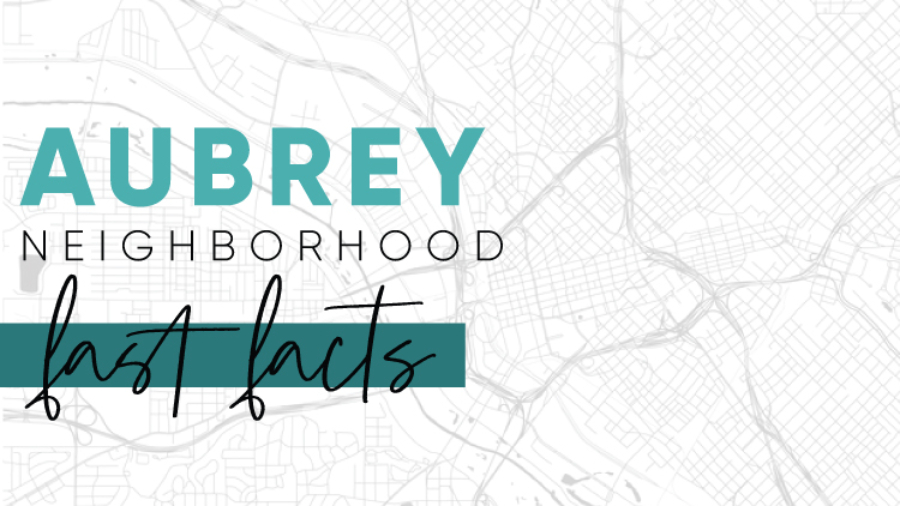Whether you’re a lifelong resident or new to the area, there’s always something new to discover about your neighborhood. With that in mind, we created a Fast Facts sheet for cities and neighborhoods all over the DFW area. Our DFW Area fast facts have detailed real estate insights, things to do, places to shop and some of our favorite restaurants in each area.
Our first spotlight is the city of Plano. Plano is a vibrant city known for its thriving business community and high quality of life. With a strong economy, excellent schools, and an abundance of recreational activities, Plano offers residents and visitors a diverse range of attractions, from upscale shopping and dining to beautiful parks and cultural events.
Head to our website now to get all the details you need to stay up-to-date and in-the-know about your local neighborhood. Your community is waiting for you! republictitle.com/dfw-area-city-fast-facts
POPULATION
288K
AVERAGE HOUSEHOLD INCOME
$130K
MEDIAN AGE
39
HOUSING
59% OWN
41% RENT
AVERAGE SALES PRICE
$564K
AREA ACTIVITIES & FEATURES
• ARBOR HILLS NATURE PRESERVE
• CHISHOLM TRAIL GREENBELT
• CRAYOLA EXPERIENCE PLANO
• GO APE ZIPLINE & TREETOP
• HERITAGE FARMSTEAD MUSEUM
• INTERURBAN RAILROAD MUSEUM
• THE SHOPS AT LEGACY & LEGACY WEST | SHOPPING & DINING
• THE BOARDWALK AT GRANITE PARK | SHOPPING & DINING
• THE TEXAS POOL
• HISTORIC DOWNTOWN PLANO ARTS DISTRICT
• OAK POINT PARK
• CARPENTER PARK
FAVORITE LOCAL DINING & DRINK SPOTS
• LEGACY HALL • RED TRUCK CAFE • 1418 COFFEE•
• STEVE FIELDS STEAKHOUSE • THE FILLMORE PUB •
• YAO FUZI • THE LATIN PIG • DENSETSU • AI SUSHI •
• BAVARIAN GRILL • COFFEE DEL RAY • FARM + FEED •
• BAR RANCH STEAK COMPANY • BAVETTE GRILL •
• BEARD PAPA’S • BEERHEAD BAR & EATERY •
BEST THAI PLANO • BLACK RIFLE COFFEE COMPANY •
CAFE GECKO • CAFE MAX • CRAFTWAY KITCHEN •
• FRED’S DOWNTOWN PHILLY • HENRY’S ICE CREAM
FAVORITE LOCAL SHOPPING
DALLAS VINTAGE SHOP • HIRSCH’S MEATS •
• APRICOT LANE • BLUE MERCURY • SCOUT + MOLLY’S •
• ELLA BLEU • SWEET HOME BATH & BODY • LYLA’S
DECOR, CLOTHING & MORE • FEATHERED NEST
AVERAGE DRIVE TIMES
DOWNTOWN DALLAS | 26 MINUTES
• DALLAS LOVE FIELD AIRPORT | 27 MINUTES
• DFW INTERNATIONAL AIRPORT | 25 MINUTES
• AT&T STADIUM & GLOBE LIFE FIELD | 37 MINUTES
• DOWNTOWN FORT WORTH | 50 MINUTES

























